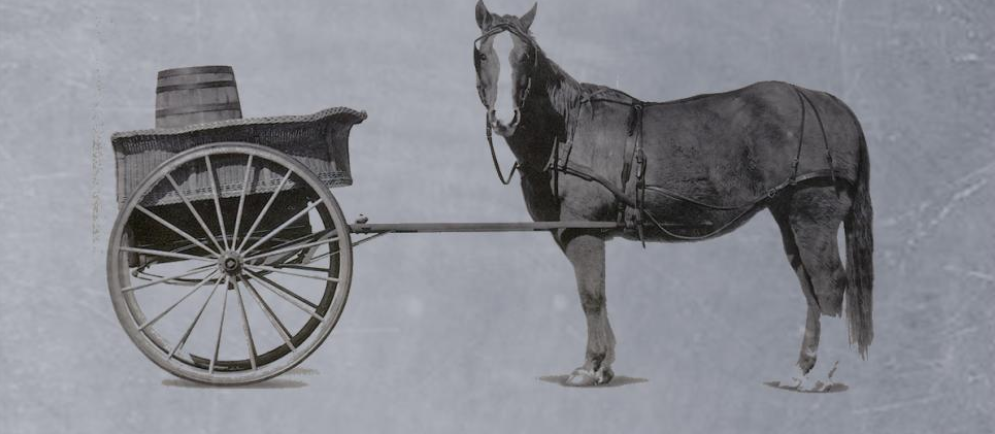Unexpected Learning – The Power of a Pilot
Key Takeaways
- It is as important to test existing systems as it is to test new product functionality.
- Pilot production exposes challenges POCs do not, speeding the journey to operational excellence.
- Falkonry Clue was developed specifically to make starting with a pilot easy.
“In theory, there is no difference between theory and practice. But, in practice, there is”
Benjamin Brewster (1882)
In theory, the problem with implementing predictive operations is finding a technically capable predictive analytics software package. It stands to reason – operations are running with the pieces already in place, so the challenge must be to measure the capability of what is being added. For example, the SCADA system has been reporting data to the PI Historian for 10 years. Why revisit this when all I want to do is add a predictive maintenance capability to the plant? In practice, we have found that checking one component of a system in isolation fails to give a complete picture of what is really needed for success in a digital transformation. The interactions between the existing systems, the organizational behaviors which have grown around them and the new piece being added are all important.

A recent engagement helps to illustrate. One of the early steps in deploying Falkonry Clue is to connect and validate data. This involves having the existing SCADA system generate data for Falkonry and make it available via an MQTT connection. In theory, this capability is part of the current SCADA system. However, because none of the customer’s other systems require it, the connection was never tested. In practice, the capability did not work as expected. The technical fix of bringing in and integrating a gateway to perform the translation was not difficult. However, the expertise required to do this in-house was missing. The IT department was competent but cloud interconnect was a new topic for them. This limitation in the organization would have remained invisible were they not following the intelligence-first path directly to a pilot. Now the customer has the knowledge they need to not only make use of Falkonry on the target equipment for the pilot but to quickly expand Falkonry to any asset in the plant.
“Garbage in, garbage out”
George Fuechsel (maybe) (1958-ish)
Once data was flowing into Falkonry Clue, episodes (reports of interesting behavior) were generated and novel behaviors began to be flagged for review by the operational experts. However, time after time, the novel events made little sense. They occurred during times when the equipment was operating normally or two assets would report different behaviors even though they were in the same state. How could this be? The analysis must be faulty. Only, it wasn’t. Something much more interesting was going on.
The episode analytics capabilities built into the Falkonry Clue system were used to understand the apparent errors. Explanation scoring was used to automatically identify and rank the signals most responsible for the novel events. Closer inspection of the top signals using the timeline and condition comparison charts showed a number of data quality issues which predated the installation of Clue. Things such as extended periods of polling failure resulting in uncertain quality-of-measurement, miscalibrated readings returning physically improbable readings and more than a few cases of broken sensors returning the same value regardless of the underlying equipment state. In a traditional data science based POC, such occurrences would be data engineered out as anomalous. However, these were real problems – not with the assets’ functioning but with the data reporting from those assets. Garbage in, garbage out. By looking through a new set of (Operational AI) eyes, these problems were discovered and it became possible to address them at their source. By fixing these problems now, the customer was able to continue getting useful insights. It also set the stage for existing analytics, HMI and KPI reporting systems to give a more accurate picture of the business – A solid step forward in the pursuit of operational excellence.
These are just two examples of the kind of learning that occurs when accelerating operational excellence by working in the now; that is, by evaluating the entire system of sensors, networks, data, organizational behaviors and operational AI instead of taking the traditional route of evaluating analytics in isolation on a frozen time capsule of historical data. Before the “real” learning even started, two major challenges which would affect the results of any predictive operational excellence project were identified and resolved. Falkonry Clue was built expressly to make this path easy to follow. Imagine what comes next as insights from the Clue system drive the actions of operational experts on actual production problems happening on the plant floor.




